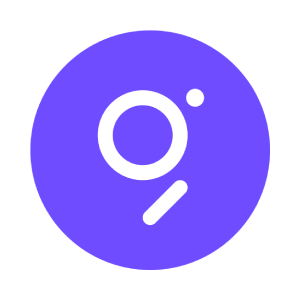
The Graph
The Graph Fiyat Dönüştürücü
The Graph Bilgi
The Graph Piyasalar
The Graph Desteklenen Platformlar
| ABGRT | ERC20 | ARB | 0x9623063377ad1b27544c965ccd7342f7ea7e88c7 | 2022-11-30 |
| ABGRTV1 | ERC20 | ARB | 0x23a941036ae778ac51ab04cea08ed6e2fe103614 | 2021-06-16 |
| EGRT | ERC20 | NRG | 0x771513bA693D457Df3678c951c448701f2eAAad5 | 2021-03-03 |
| GRT | ARB | 0x9623063377ad1b27544c965ccd7342f7ea7e88c7 | 2022-11-30 | |
| GRTE | ERC20 | AVAX | 0x8a0cac13c7da965a312f08ea4229c37869e85cb9 | 2021-07-23 |
Hakkında The Graph
The Graph is an open-source protocol designed to index and query data from blockchains and storage networks. It enables developers to efficiently search, find, publish, and utilise public data necessary for building decentralised applications (dApps). The protocol operates through public and open APIs known as subgraphs, which facilitate the accessibility of decentralised applications. The Graph supports indexing data from multiple blockchain protocols, including Ethereum, NEAR, Arbitrum, Optimism, Polygon, Avalanche, Celo, Fantom, and Moonbeam.
The Graph has also integrated artificial intelligence (AI) into its network to enhance data accessibility and usability. The protocol has introduced the Inference Service, which allows developers to host AI models on The Graph's decentralised infrastructure. This enables dApps to integrate AI-driven features into their applications. Additionally, The Graph is working on Large Language Models (LLMs) for AI-assisted querying, allowing developers and users to interact with blockchain data more efficiently.
GRT is the native token of The Graph protocol and serves several functions:
- Indexing and Querying Services – Indexers, who operate nodes, stake GRT as collateral and earn rewards for processing queries.
- Curation – Curators use GRT to signal high-quality subgraphs, helping prioritise reliable indexing services.
- Delegation – Delegators stake GRT with Indexers to contribute to network security and earn a share of rewards.
- Governance – GRT holders participate in protocol governance, influencing network upgrades and policies.
- AI Model Hosting – Developers can use The Graph’s AI-driven Inference Service to deploy machine learning models within a decentralised environment.
- AI-Assisted Data Queries – Large Language Models (LLMs) help improve the efficiency of blockchain data retrieval through AI-powered automation.